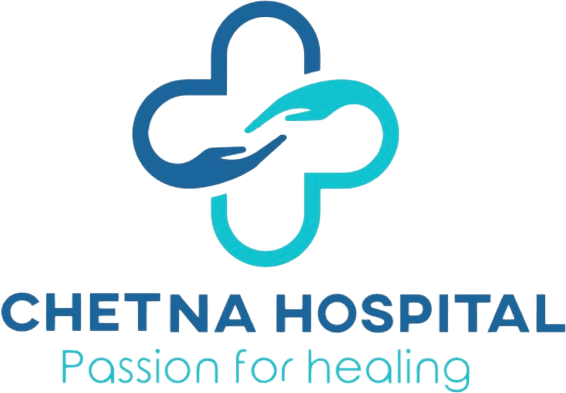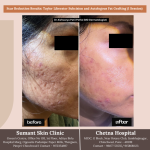Corns are a common foot problem that can cause significant discomfort if left untreated. They usually develop on the feet due to repeated pressure or friction, often from poorly fitting shoes or abnormal gait. While many cases of corns can be managed with home care or conservative treatments, some situations may require minor surgical intervention for permanent relief.
What is a Corn?
A corn is a localized thickening of the skin, typically found on the toes or soles of the feet. It forms as a protective response to continuous friction or pressure. Corns may appear as hard, dry, and raised bumps, and they often have a central core that presses into deeper layers of the skin, causing pain.
There are two main types of corns:
- Hard corns – found on bony areas like the tops of toes
- Soft corns – usually between the toes, often moist due to sweat
Common Causes
- Wearing tight, narrow, or ill-fitting shoes
- High-heeled footwear that puts pressure on the toes
- Abnormal foot anatomy (bunions, hammertoes)
- Walking barefoot on hard surfaces regularly
- Repetitive motion or pressure from sports or walking
Symptoms to Watch For
- Pain or tenderness in a specific spot on the foot
- A hardened, thickened bump on the skin
- Discomfort while walking or wearing shoes
- Inflammation or swelling around the corn
- Skin that feels rough, dry, or flaky
When Is Surgery Needed?
While many corns can be treated with non-surgical methods like padding, better footwear, medicated creams, or pumice stone filing, surgery becomes necessary when:
- The corn is deep-rooted and causes continuous pain
- It keeps recurring even after conservative treatments
- There is infection, bleeding, or ulceration (especially in diabetic patients)
- It interferes with daily activities like walking or wearing shoes
- There is a structural issue in the foot (bone prominence) that causes the corn to return
What Happens in Corn Surgery?
Corn removal surgery is a minor outpatient procedure performed under local anesthesia. The surgeon removes the thickened skin and the central core of the corn. In some cases, correction of the underlying bony prominence may be required to prevent recurrence.
The procedure is quick, and most patients can return home the same day. Recovery is generally smooth, and proper post-surgical care ensures the corn does not come back.
Why Choose Chetna Hospital?
At Chetna Hospital, Chinchwad, we offer expert evaluation and safe corn removal surgery using sterile, effective techniques. Our experienced general surgeons ensure minimal discomfort, quick recovery, and complete guidance on post-operative care and footwear modifications.
For Consultation Contact us on 8390861787 / 9158681123
Website – www.chetnahospital.co.in
Address – Chetna Hospital, Sambhajinagar, MIDC, G Block, Near Rotary Club, Chinchwad 411019
.
.
.
#pune#pcmc#chinchwad#hospital#medical#medicalservices#health#healthcare#surgery#generalsurgery#medicalprocedure#generalsurgeon#generalsurgeoninchinchwad













